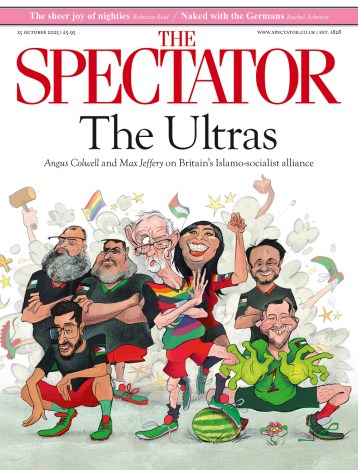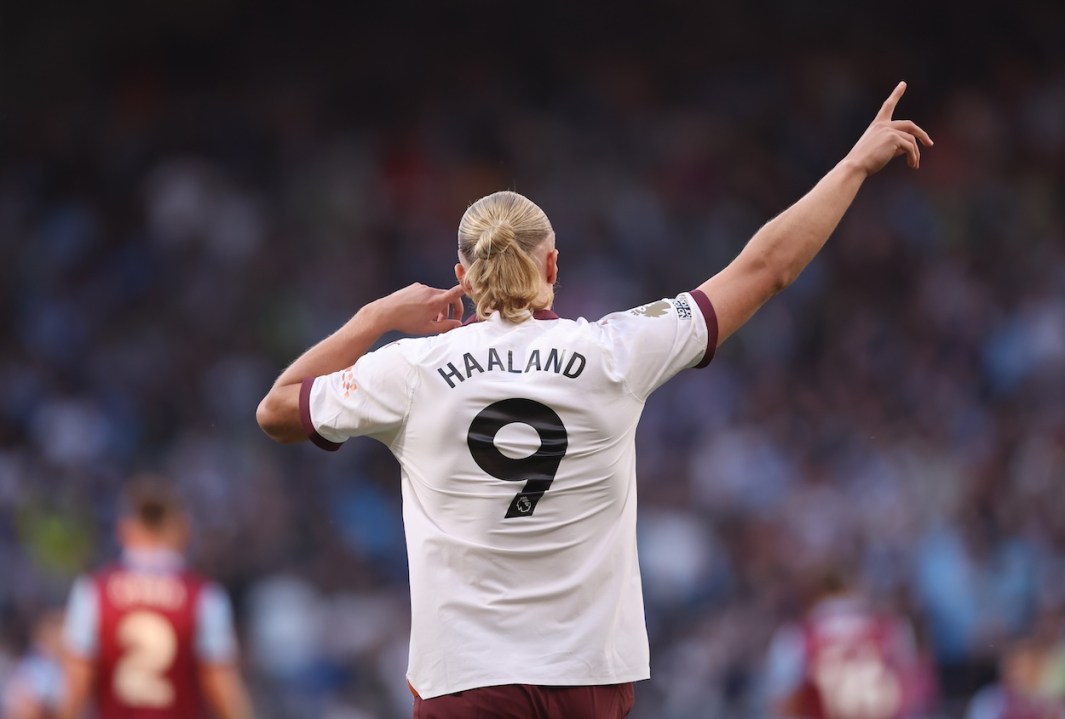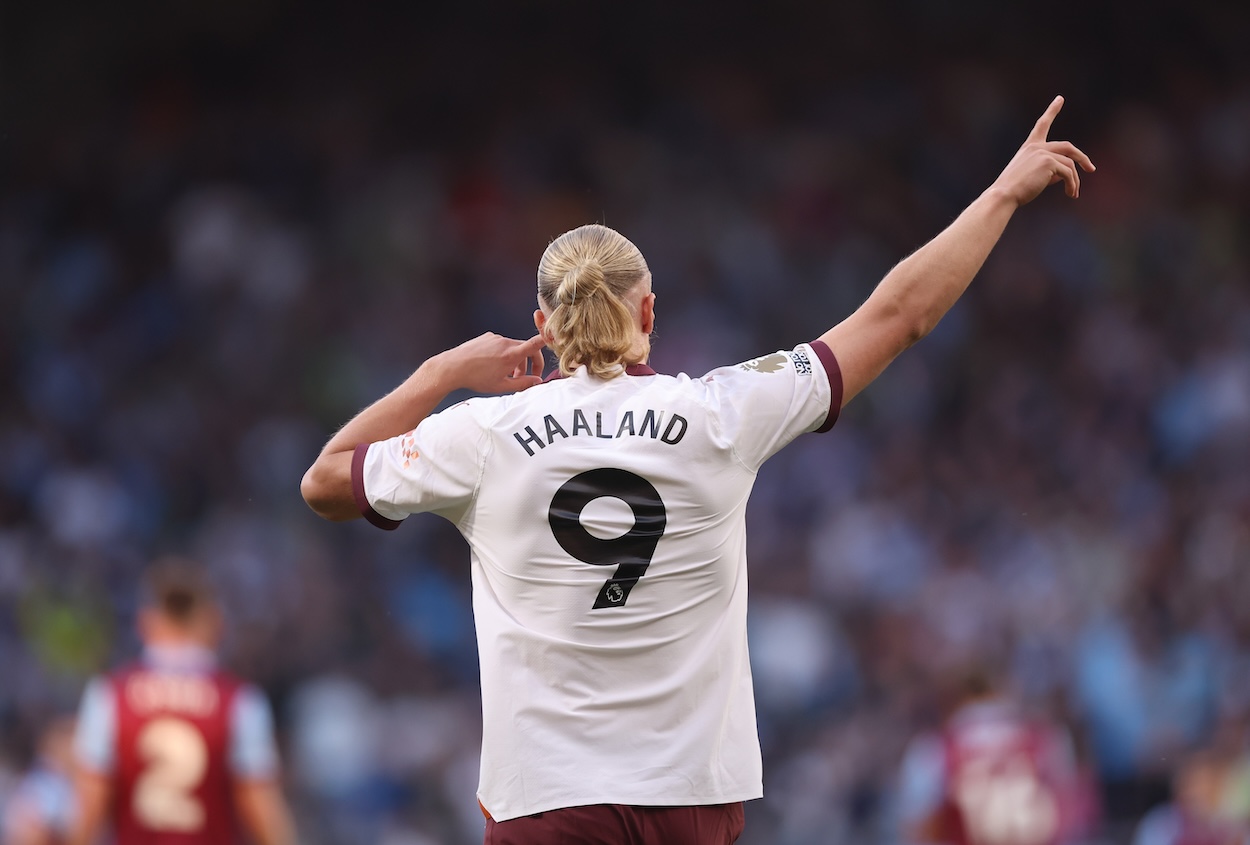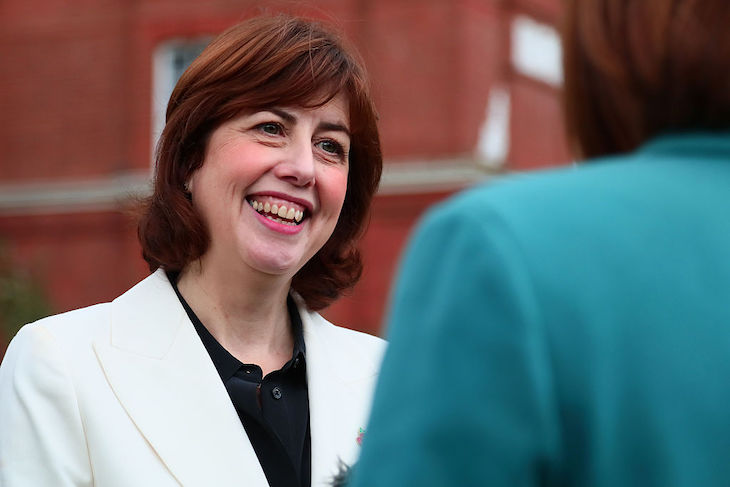The Norwegian footballer Erling Haaland will, upon commencement of his new nine-year contract extension with Manchester City, be paid £1 million a week. On pocketing his first colossal pay cheque (which includes sponsorship income), Haaland will cruise past his rivals in the traditional European leagues. Real Madrid’s Kylian Mbappé is forced to get by on a paltry €45 million a year, Liverpool’s Mohamed Salah on his derisory €18 million, and Ballon d’Or winner Rodri with his piddling £9 million.
The Finnish government used to pay its greatest artists an annual stipend
Has the world gone insane? One million pounds a week, for kicking a ball around for a couple of hours? It is a sum that might make Croesus himself blush. The word ‘obscene’ is often attached to such gargantuan salaries for sports players and entertainers, and it is hard to avoid when you compare it with what a hard-working manual labourer has to get by on, or a teacher, or even a freelance journalist. Can it possibly be justified? And how do you place a financial value on a footballer?
The first is a vexatious question because there is no satisfactory answer. The obvious response is no, but that sounds prissy and mean-spirited (Starmer-ish?). Those who would say yes would doubtless argue Haaland is not just a supremely gifted player, but that he helps generate huge income for his employer while bringing moments of intense excitement to millions. Plus, after those nine-and-a-half years, he could have a half-century of post-playing life to support himself and his family. But a million a week? It still sounds bonkers.
As for the second question – how do you place a financial value on a footballer? – this is complex. In terms of pure on-field contribution, Haaland is precious indeed – a veritable goal factory. He rarely gets injured and is still only 24. Even off the ball, he has value: he is fearsome to behold and strikes terror into defenders’ hearts with his mere towering, marauding Viking appearance. He is clearly one of the most effective and thus valuable players in the world.
However, I would be tempted to introduce an aesthetic element into the equation. As a lover of the joga bonito, I’d argue that a player’s artistic contribution ought to be a factor in evaluating their financial worth. Here Haaland is on shakier ground. He is a power player – dynamic, fast, immensely strong – but not exactly a fantasista. I could watch reels of Messi, Ronaldinho, Maradona or Glenn Hoddle (as a Spurs fan) all night, but Haaland? He has apparently scored an amazing 264 goals in his career, but I’m struggling to remember any of them.
Perhaps that rare breed of footballers who arouse an almost sensual pleasure in the viewer deserves a financial premium. If clubs are unwilling to pay it (and it may not translate into trophies, after all), perhaps the government should, with Arts Council grants awarded to the most creative players. I’d nominate Matt Le Tissier for a retrospective payment on this basis.
This isn’t as mad as it sounds. Lionel Messi was recognised as a tourist asset to Barcelona and Spain, such was his must-see, bucket-list attraction even for non-football fans. And there is a precedent: the Finnish government used to pay its greatest artists an annual stipend, as recognition of their genius and contribution to the nation. The composer Sibelius benefited from such an award for much of his career.
In Haaland’s case, though, his salary may not so much reflect his value as a player, but his value to his particular club at a particular time, and evidence of a distorted market. Just as a struggling salesman buys a flashy car to project an aura of success, so Manchester City – currently a catastrophic fifth in the Premier League – may be attempting to signal confidence in their future.
The enormous figures could also indicate the threat posed by the seemingly limitless resources of the upstart Saudi league. Haaland’s £1 million a week still leaves him well behind Cristiano Ronaldo’s £3 million at Al-Nassr and Neymar’s £2 million at Al-Hilal. Manchester City needed to pay well over the odds to secure Haaland. It also sends a message to the Saudis that, however many sacks of gold they offer, City can still compete.
There has been outrage at Haaland’s contract revelations, but before we get too pious, who among us would turn down a salary increase? ‘I’d like to be paid less, please,’ is perhaps a sentence that has never been uttered in the history of humanity. And if anyone is going to get rich off football, it should be the players.
There is surely a question, though, of whether, for the long-term health of the game, such enormous sums are sustainable. With such stratospherically high salaries, the average fan occupies another planet from the demi-gods on the pitch. We may start to feel ever more alienated and resentful. The gap, already huge, is threatening to become simply unimaginable. And where might that lead? Erling Haaland has two private jets. I can’t even afford a car.








Comments